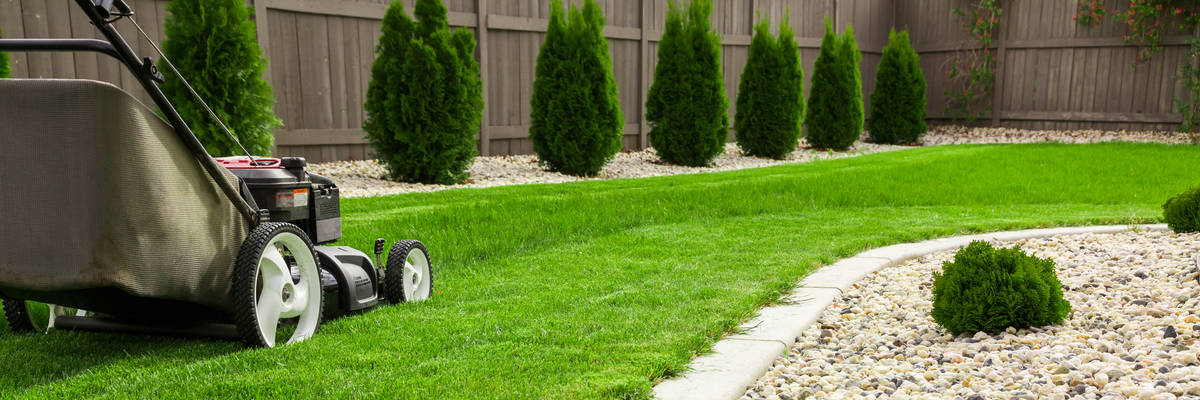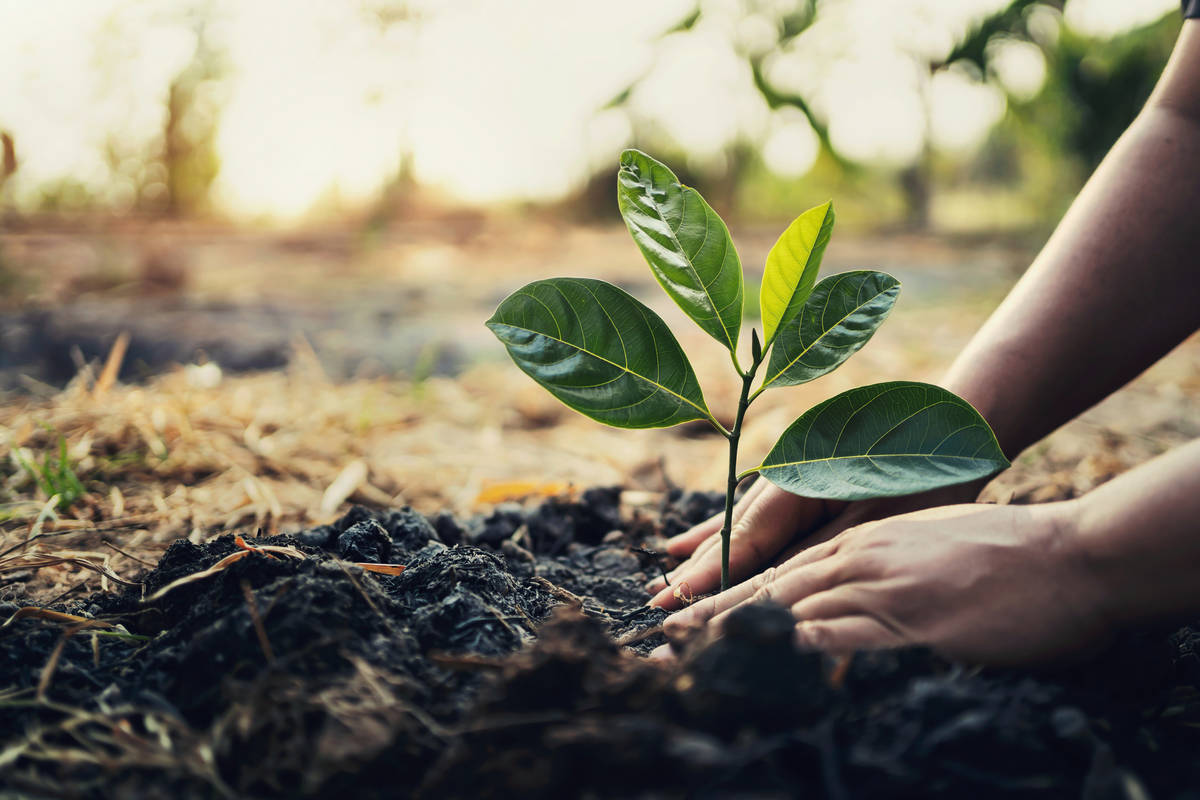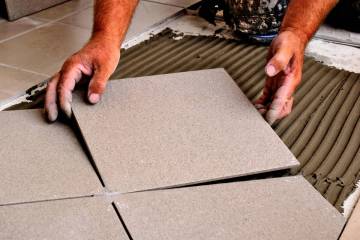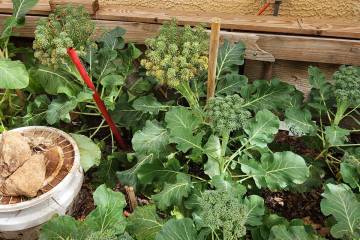Summer heat in Vegas stressing plants
It’s hot, and no one wants to go outside. Not only that, COVID-19 is in the air, and people are quarantining inside their homes. But your yard is calling and wants attention. It needs to be fertilized, aerated and pruned.
Paul Noe, certified horticulture adviser at Star Nursery, makes house calls when homeowners are stressing over their yards. He is hearing all kinds of stories.
“First, the coronavirus has nothing to do with the well-being of your yard,” he said. “Most of the calls I get is that people want to know why their trees and plants are turning brown and why some are even dying. I let them know it’s a combination of heat stress and sunburn damage from extreme temperatures.
“This year, we quickly went from a mild spring to a hot summer. We’ve had a number of days in a row where the temperature was 105 degrees and higher, and that can damage plants. Extreme heat breaks down the tissue inside the leaves of plants, which start to decay or die in spite of regular watering.”
Noe has noticed that because many people are quarantined, they are spending their days looking out the window at their yards. They are seeing distressed or overgrown plants and other elements of their yard that they don’t like. What they see is a yard that does not look healthy and is not as attractive as it used to be.
“The quarantine has caused people to notice things in their yard that they didn’t notice before, and they want to know why,” he said. “In reality, things are normal since this is how it is during a hot Las Vegas summer. It’s always a reminder that drought-tolerant plants, such as cactus or plants with small leaves that don’t absorb so much of the sun’s heat, are best for this environment.”
Eventually, the temperature will drop below 100 degrees, and that will be the time to start renovating the yard — especially if it hasn’t been attended to over the past few months. It is also time to start planting again.
“Most turfgrass in the valley is fescue,” Noe said, “but what is selling now is a hybrid fescue that has a narrower blade and grows a little slower. This means you don’t have to mow as often. When you do mow, avoid cutting the grass too short.
“Keep it about 3 to 4 inches in height as taller grass develops a deeper root system and protects the soil. Taller grass also keeps the ground cooler because of its height and shade. Fertilize with a well-balanced nitrogen-based fertilizer formulated for tough desert soils.”
Noe said that September and October are good times to plant fruit trees or fertilize the ones you already have. That will keep them healthy for spring.
If there is pruning to be done, wait until January. Pruning is vital in promoting plant health as it improves appearance, prevents development of weak branch structure and creates a more eye-appealing tree. Don’t cut back too much as it can be dangerous for the life of the tree.
If planting for the first time, Noe urges homeowners to consider shade trees.
“Be careful when planting trees,” he advised. “Some are planted too close to the home, and as they grow, the roots and extended branches can do damage to the home.
“Determine what type of tree you want and follow that up with smaller plants around it. The shade trees are capable of creating microclimates with their leaves, and that can enable you to plant different kinds of plants and flowers and other types of vegetation. Know that some plants should be planted on the east or north side of the yard where they get more shade in the afternoon, while drought-tolerant plants can be planted on the south and west side of the yard.”
Noe said homeowners who are new to the valley should ask questions.
“It’s important to become educated about what plants to grow and how to care for them,” he said. “And don’t be surprised by how quickly some of them can grow in spite of the heat or lack of rain. Planting in the fall enables root systems to become established and be strong enough to hold water during the hot summer months. Water-efficient landscapes can be created with a variety of annuals, cacti, vines, ground cover, perennials, ornamental grasses and succulents that can bloom throughout the hottest months.”
If lawn care has become more work than originally planned, the Southern Nevada Water Authority has increased its rebate incentive program encouraging homeowners to convert yards to water-smart landscaping. SNWA will rebate $3 per square foot of grass that is removed and replaced with desert landscaping up to the first 10,000 square feet converted per property, per year. Beyond the first 10,000 feet, SNWA provides a rebate of $1.50 per square foot. To learn more, visit snwa.com or 702-258-7283.























